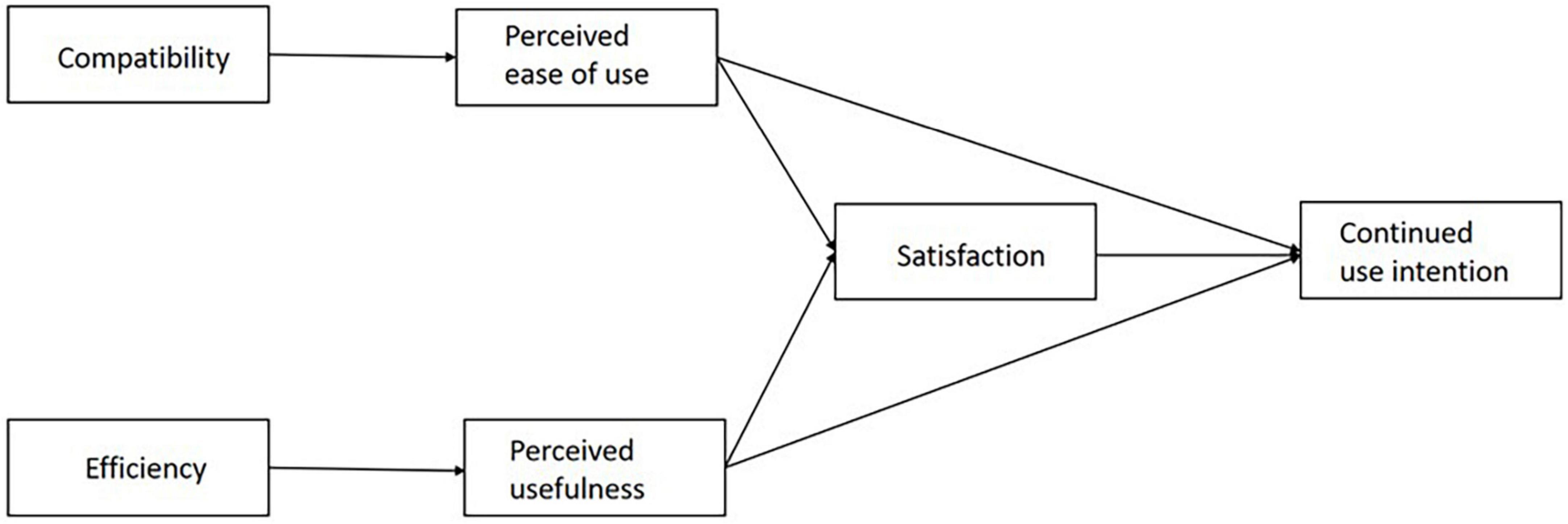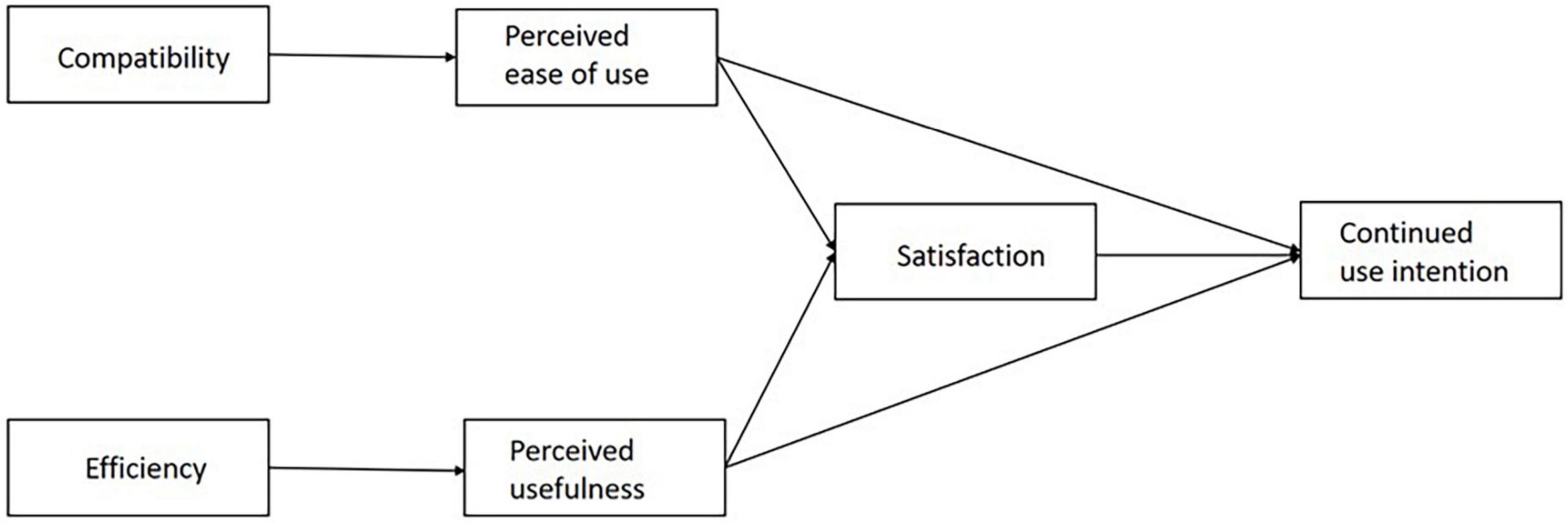
### ChemBench: A Novel Benchmark for Assessing AI in Chemistry
The emergence of large language models (LLMs) has generated considerable enthusiasm within the realm of artificial intelligence (AI), especially as these technologies uncover fresh applications in scientific exploration. A newly launched initiative led by researchers from Friedrich Schiller University Jena and their partners is set to transform how we assess these models within the chemistry domain. This initiative, named **ChemBench**, represents a groundbreaking effort to gain insights into how effectively text-generating AI systems perform on chemistry-oriented tasks when compared to human chemists.
The findings, released as a preprint and pending peer evaluation, highlight both the vast promise and the constraints of existing AI models. The investigation indicates that LLMs can substantially surpass humans in foundational chemistry knowledge and technical problem-solving yet encounter difficulties with tasks that necessitate sophisticated reasoning and specialized knowledge. ChemBench is envisioned as a **foundation** for the enhancement of AI tools and the development of stronger evaluation structures for the future.
—
### Objectives of ChemBench
LLMs, including OpenAI’s GPT series, are trained on extensive datasets of human-generated text, functioning by forecasting the subsequent word or phrase following a specific input. These models have progressed swiftly in recent years, prompting chemists to explore their capabilities in areas such as synthetic design, material property forecasting, and even self-directed experimentation utilizing external robotic instruments.
Nonetheless, despite their increasing prevalence in scientific processes, the aptitude of LLMs for executing highly specialized, chemistry-specific tasks has remained ambiguous. Current evaluation frameworks in chemistry frequently prove insufficient, primarily concentrating on rudimentary metrics such as whether a model can retrieve or compute properties like a molecule’s boiling point. As Kevin Jablonka, a primary investigator on ChemBench, asserts, “This just isn’t adequate to genuinely evaluate if a model serves as a satisfactory starting point for a competent chemist.”
To remedy this void, ChemBench unveils a **comprehensive evaluation framework** designed specifically for the chemistry field. The platform comprises over **2,700 meticulously crafted and human-validated questions** spanning eight wide-ranging topics to assess models on varied competencies, encompassing chemical knowledge, reasoning, and insightful problem-solving. Crucially, the design guarantees that no questions can be easily resolved merely by recalling online information, instead emphasizing a grasp of concepts and reasoning abilities.
—
### Major Findings: AI Surpasses Humans, But With Reservations
The ChemBench team evaluated 31 leading LLMs and contrasted their performance with that of 19 human expert chemists. The results were remarkable: LLMs consistently surpassed humans in every category. OpenAI’s model “o1” achieved a score twice that of the highest human, while even the least effective AI model outperformed the average human specialist by 50%.
“This is remarkable,” comments Gabriel dos Passos Gomes, a chemical data scientist at Carnegie Mellon University, who was not part of the study. “An interesting consideration for the community is that based on what you’re doing, you don’t necessarily need the most powerful model available.”
Yet, a more in-depth analysis uncovered significant hurdles. Although LLMs excelled in general knowledge and technical tasks, they encountered challenges in areas necessitating **specialist knowledge or spatial chemical reasoning**, such as safety protocols and analytical chemistry. For instance, current LLMs struggle with interpreting chemical structures from SMILES notations—a format that represents molecular structures as text. Problems arise when models fail to correctly deduce spatial or connectivity relations from these linear sequences.
Specialized knowledge, including safety regulations, also proved challenging. Much of this information resides in specialized databases such as **PubChem** or **Sigma Aldrich**, to which models often lack reliable access or fail to use effectively. Ironically, despite their generally poor performance on safety-related topics, some LLMs managed to meet the standards of German professional safety certifications. This inconsistency exposes flaws in conventional evaluation systems that might prioritize rote memorization over genuine comprehension.
—
### Confidence and Calibration: A Double-Edged Blade
A fundamental element of the ChemBench study involved prompting LLMs to gauge their confidence in their own responses. While some models, such as Anthropic’s Claude 3.5 Sonnet, provided fairly accurate confidence predictions, many offered **unreliable or misleading estimates**.
This complication stems from the process of “model alignment,” where LLMs are fine-tuned after training to better conform to human preferences, such as delivering assertive responses. Unfortunately, this alignment can often compromise the correlation between a model’s expressed confidence and its actual performance. “Humans prefer confident answers,” notes Jablonka, “but this inclination causes models to exaggerate their reliability, which presents risks in critical applications.”
This observation emphasizes the necessity for devising more transparent methods for assessing AI dependability, particularly in disciplines like chemistry where accuracy is crucial.
—
### Looking Forward: Future Directions for AI in Chemistry
While current limitations exist, the ChemBench project presents a hopeful pathway ahead. It not
